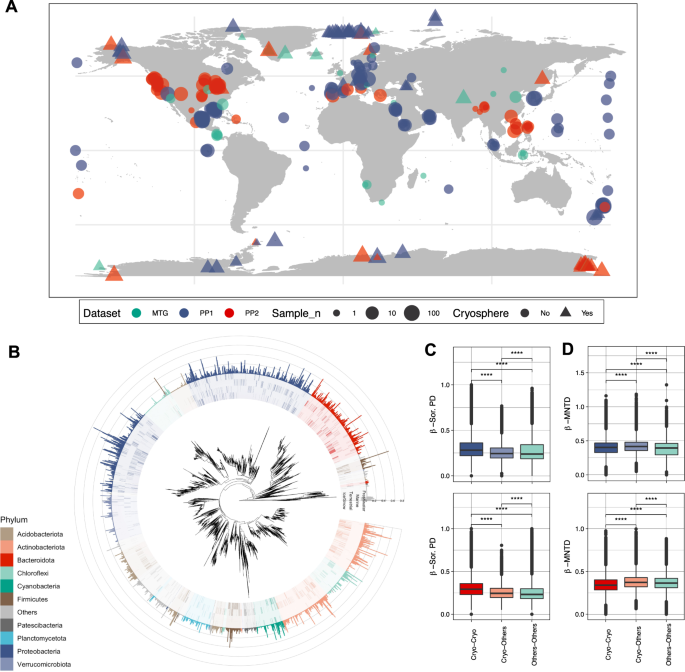2022-06-08 カリフォルニア大学リバーサイド校(UCR)
最近発表された開発プロジェクトのパイロットスタディでは、READ-ASDの介入を受けた症状の軽い生徒は、対照群と比較して、標準的な読解力測定で中程度の改善を示しました。しかし、症状の程度が重い生徒の場合、その効果はあまり顕著ではなく、よりカスタマイズされた介入の必要性が示唆されました。この結果から、微調整を行い、より大規模な研究を行うことで、提案する介入方法は、生徒の読解力向上にプラスの影響を与える可能性があることが示唆されました。
<関連情報>
- https://news.ucr.edu/articles/2022/06/08/uc-riverside-tests-reading-comprehension-intervention-students-middle-grades
- https://www.sciencedirect.com/science/article/abs/pii/S1750946722000241
自閉症スペクトラムの生徒のための読書強化。マッチド・ランダム化パイロット実験研究 Reading enhancements for students with autism spectrum disorder: A matched randomized pilot experimental study
Michael Solis,Colleen Reutebuch,Sharon Vaughn,Zaira Jimenez
Research in Autism Spectrum Disorders Available online: 25 February 2022
DOI:https://doi.org/10.1016/j.rasd.2022.101937
Abstract
Background
For students with autism spectrum disorder (ASD), improving reading comprehension is critical for increasing both their opportunities for successful postsecondary experiences including attending college and obtaining meaningful employment. The purpose of this pilot study was to investigate the effects of a multicomponent reading intervention on the vocabulary and reading outcomes of middle grade students with ASD.
Method
We conducted a matched randomized pilot experimental study for students with ASD in grades 3–8 (N = 28) identified by their district personnel as having reading difficulties (i.e., not passing state reading test). An independent researcher matched participants according to symptom severity and reading fluency and then randomly assigned a member of each pair to treatment or comparison condition. Participants in treatment condition were provided 1:1 instruction for 23–30 sessions (M = 27) of 30 min each four to five days per week. Instructional components included (a) vocabulary instruction; (b) fluency with text, and (c) reading comprehension. In this pilot study, data were analyzed using repeated measures multilevel models in HLM 7. Due to the associated low statistical power to detect effects, the small sample size, and the exploratory nature of the study, we selected an alpha level of 0.10. Data were modeled as student-level variables classifying students based on their ASD symptomology from mild (level 1) to severe (level 3).
Results
The multicomponent intervention was associated with significant gains in WJ-PC scores of 22.62 (se = 8.19, df = 3, p = .070) for students at GARS severity level 1. Significant gains favoring the intervention were also detected on vocabulary score of 10.19 (se = 2.78, df = 3, p = .035) and for students rated at GARS severity level 1 and for students rated at GARS severity level 2 [vocabulary score 5.46 (se = 1.60, df = 3, p = .042)]. Significant effects were not detected for scores on a standardized measure of reading and fluency (TOSREC), and a researcher-developed measure of reading comprehension.
Conclusions
This pilot study shows enough promise to warrant future studies employing larger sample sizes and fully powered randomized control trial (RCT) studies. Although growth is modest and appears to be limited to participants who are in the mid to higher range of the autism spectrum, considering the large percentage of students with ASD in the mid to higher range, this study contributes to the development of evidence-based practices. We interpret the findings as having implications for future research with larger sample sizes and in providing initial guidance on instruction for consideration by practitioners.



